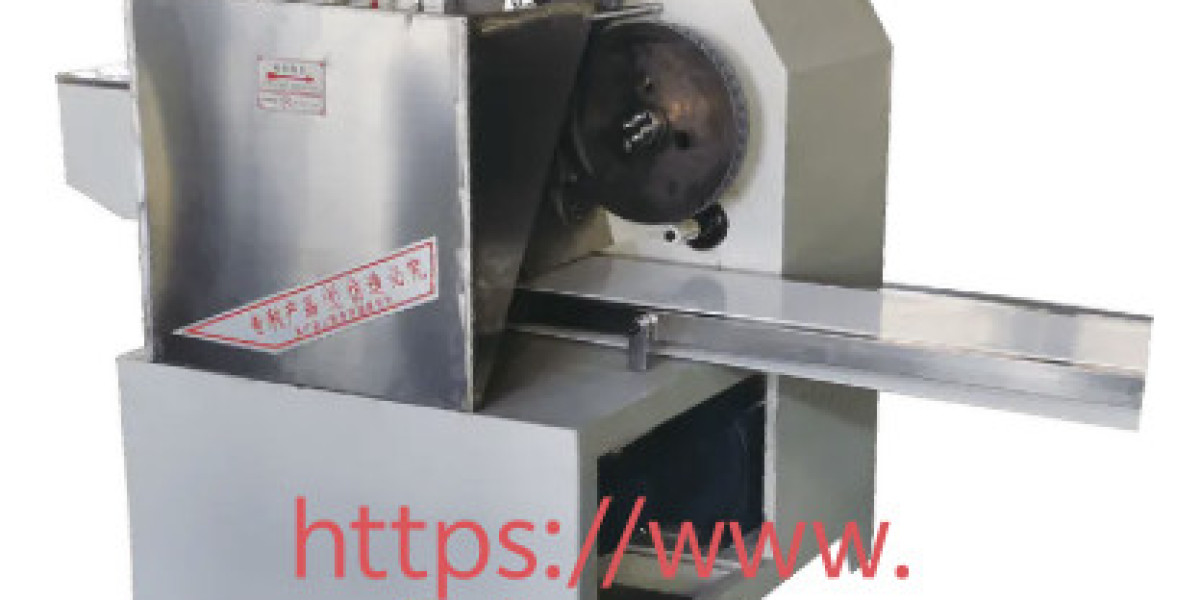Inside a Candy Machine Factory: Where Confectionery Innovation Begins
A candy machine factory serves as the starting point for modern candy production, combining mechanical precision with food industry standards to create reliable equipment for confectionery manufacturing. These factories play a vital role in supporting global candy producers by developing machines that meet evolving market demands and production needs.
From forming and cutting to wrapping and packaging, candy machines are made to handle various types of sweets, including hard candy, toffees, lollipops, and gummies. Each product has its unique processing requirements, and the machines must be engineered to deliver accuracy, consistency, and ease of use. The factory is where these machines are conceived, built, tested, and refined before reaching production floors around the world.
From Design to Deployment
The creation of a candy machine begins in the design phase. Engineers work closely with clients or market requirements to determine machine specifications such as production volume, candy shape, speed, and automation level. CAD software is used to model each component, ensuring proper integration of mechanical, electrical, and pneumatic systems.
Once the design is finalized, the production process begins. The factory uses materials like stainless steel for durability and food safety. Each part—whether it’s a forming roller, die head, or conveyor belt—is machined with high precision. These components are then assembled by skilled technicians, creating a system that can work continuously and efficiently in a food-grade environment.
Quality Control and Testing
To ensure that every machine meets quality and safety standards, rigorous testing is conducted within the factory. Machines are operated with simulated or real ingredients to confirm proper functioning. This includes checking heating elements, pressure sensors, cutting mechanisms, and automation systems.
Electrical safety checks and hygiene inspections are also performed to meet international standards. Before a machine is shipped to the customer, factory acceptance tests may be carried out with client supervision. These steps help ensure that once installed, the machine can start production with minimal adjustments.
Customization and Flexibility
Modern confectionery businesses often request tailored solutions, and candy machine factories respond with customization options. These may include adjusting mold shapes, changing product sizes, or integrating the machine with existing production lines. A flexible production strategy allows the factory to adapt machines to different ingredients, regional preferences, or packaging requirements.
In many cases, the factory also develops machines with modular designs. This allows users to upgrade or change certain functions without replacing the entire system, giving businesses more control over long-term production planning.
Supporting Efficient Candy Production
A well-designed candy machine contributes to smooth operations on the production floor. Downtime can be reduced with automated features, error detection systems, and user-friendly controls. Additionally, many machines are built for low energy consumption and easy maintenance, further supporting cost-effective production.
For businesses expanding into new confectionery markets or launching innovative products, the machine’s reliability and performance are critical. Candy machine factories help meet these goals by focusing on durability, hygiene, and consistency across production batches.
After-Sales Support and Global Access
Even after delivery, the relationship with the factory often continues. Many manufacturers offer technical training, spare parts, remote diagnostics, and installation guidance. As candy production evolves, these services help clients maintain efficiency and adapt to new production targets.
With international logistics now more streamlined, candy machine factories are shipping their products to a growing list of global destinations. As a result, more confectionery companies can access machinery that supports high-volume, high-quality production.
Conclusion
The candy machine factory stands at the center of modern confectionery innovation. Its function goes beyond building machinery—it supports manufacturers in creating consistent, safe, and appealing sweets for markets around the world. Through thoughtful design, customization, and continued support, these factories contribute greatly to the success of candy producers.
For more information on machinery solutions and production services, please visit: www.flyloong-candymachine.com








